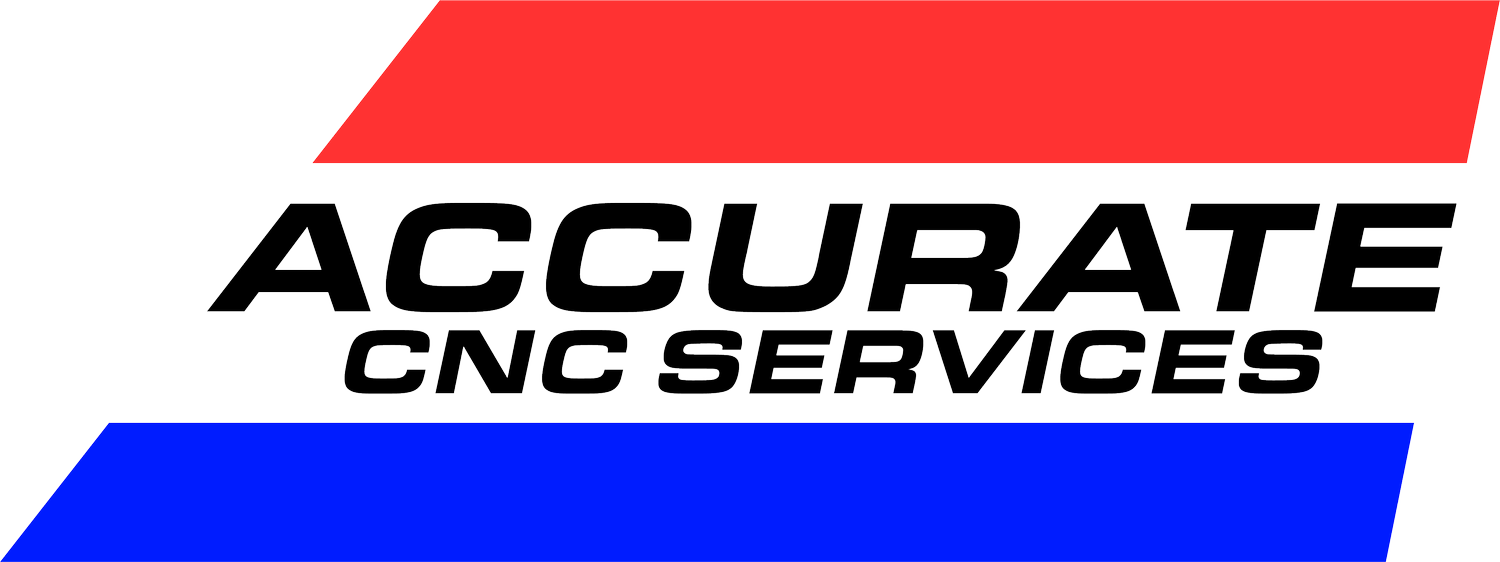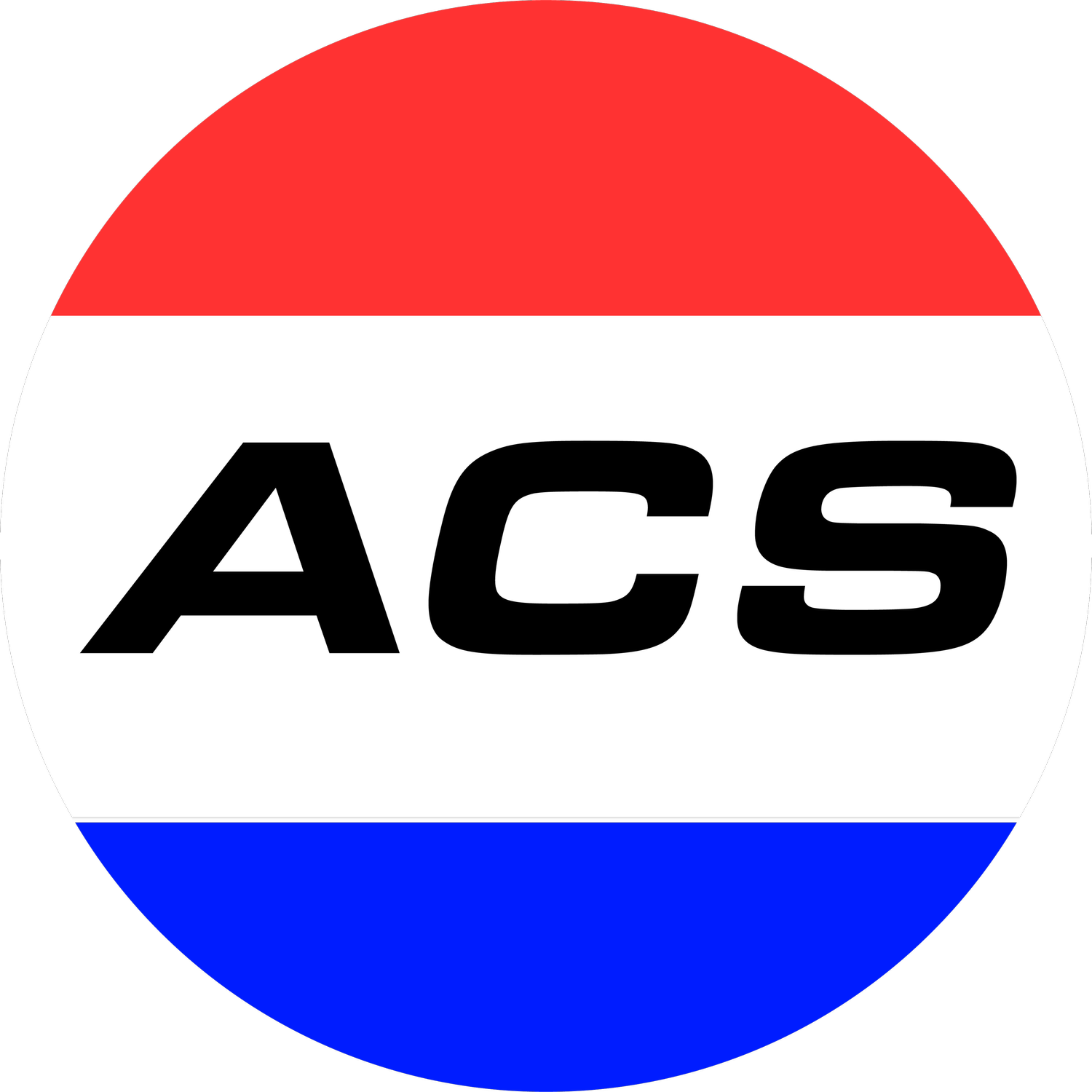When to Use Duraplex® vs. Lexan™ for Your Application
Here at Accurate CNC Services, we maintain industry-leading standards for quality and consistency for every part we manufacture, from prototypes to full-scale production runs.
To exceed your expectations, we don’t stop at affordable prices, quick turnaround, and high-quality parts. We’re also here to guide our customers toward the best materials for each application.
Duraplex® and Lexan™ are two impact-resistant materials known for their durability and flexibility, but there are essential differences to consider when choosing which is right for your next project.
What Is Lexan™ Polycarbonate?
Made using a patented chemical process, Lexan is a polycarbonate resin thermoplastic whose molecules are composed of repeating subunits. Lexan’s base resin is developed by reacting carbonyl chloride (or “phosgene”) with the chemical compound Bisphenol A.
The name Lexan only applies to sheets cut to between 0.03” and 0.48.”
When to Choose Lexan
Choose Lexan when you need:
Superior strength and impact resistance
High heat tolerance
Pros of Lexan
Considered “virtually unbreakable,” Lexan is 250x more impact-resistant than glass. It can be fabricated in layers to achieve bullet resistance and protection against forced entry.
High temperatures are no threat to Lexan, which boasts low flammability and won’t deform in temperatures under 297 degrees Fahrenheit. It’s also highly resistant to acids, gasoline, and other harmful chemicals.
Exceptionally tough and strong, Lexan is unexpectedly lightweight and flexible. We’re able to easily cold-bend Lexan (no heat needed) and drill the material without it cracking.
Lexan is available in a variety of flexible (film) grades, which we can help you select according to your part’s requirements.
Cons of Lexan
Unfortunately, Lexan scratches easily, and even minor scratches cannot be buffed away.
Lexan is a high-cost material due not only to its properties, but also to the time-demanding pre-drying process it requires. Because of its exceptional strength, tooling is more easily damaged when precision machining Lexan, increasing tooling costs associated with manufacturing these parts.
Where You’ll Find Lexan
Lexan is versatile enough for a wide range of applications, including:
Prescription eyeglass lenses
Bullet-resistant windows and doors with a glass-like appearance
Windshields and windows for planes, boats, and other vehicles
Heavy machinery operator protection
Protective athletic equipment such as helmet visors
Technology cases and screens
Machinery guards that protect against injury
Industrial guards that protect against chemicals and heat
What Is Duraplex® Modified Acrylic?
Duraplex is a continuously processed, impact-modified acrylic material whose sheets are up to 30x stronger than double-strength window glass and 50x stronger than polished wire glass. Due to Duraplex’s impressive strength, shipping and handling are well-tolerated by the material.
You can obtain Duraplex in custom impact blends, as sheets or in rolls, and in a range of thicknesses, widths, colors, and patterns.
When to Choose Duraplex
Choose DURAPLEX when you need:
Crystal clear, lightweight material
Exceptional weatherability
Exact sizes or shapes
Pros Of Duraplex
Along with being less costly than its polycarbonate alternative, lightweight Duraplex is easily formed without diminishing its crystal clarity.
Duraplex’s low orientation results in low shrinkage, and the modified acrylic is praised for its excellent weatherability and thermoforming characteristics.
When Duraplex is 100% impact modified, it is 10x stronger than general-purpose acrylic, 20-30x stronger than double-strength window glass, and 40-50x stronger than wire glass.
At 40% impact modification, Duraplex is 5-6x stronger than regular acrylic, 10-15x stronger than double-strength window glass, and 20-30x stronger than polished wire glass.
Cons Of Duraplex
Though its strength is undeniable, Duraplex’s impact resistance is limited to 8x that of glass.
Additionally, Duraplex is only readily available in ¼” thickness, making it inadequate for certain projects.
Where You’ll Find Duraplex
Duraplex’s durability and versatility in thermoforming and weatherability make it an ideal choice for many industry applications, including:
Skylights and patio enclosures
Signage and glazing
Windows and doors
Indoor/outdoor purposes
Point-of-purchase (POP) and retail displays
Sneeze and splash guards
4 Considerations for Selecting Duraplex over Lexan
Duraplex isn’t the right material for every application, but it’s a better choice than Lexan in many cases. If you don’t need the superior strength, impact resistance, and high heat tolerance Lexan offers, consider Duraplex for these reasons:
1. Lower cost
Duraplex currently costs approximately $167 per sheet, whereas Lexan is priced higher at approximately $234 per sheet (pricing at time of publication of this piece).
2. Better scratch resistance and UV resistance
Duraplex is highly scratch-resistant, and any blemishes it does acquire are easily buffed away. This modified acrylic material can also tolerate UV exposure without yellowing.Lexan scratches easily and has no tolerance for buffing. It yellows quickly with sun exposure.
3. Faster and easier forming
Lexan is a hygroscopic material, meaning it must undergo a drying process to remove moisture and prevent bubbles in the finished part. This added step increases Lexan’s forming costs.
Duraplex does not require any drying, making its forming process less costly.
4. Less tooling wear
Lexan’s superior strength causes more wear and tear on CNC machine tooling, which adds to the overall manufacturing cost.
Duraplex’s more forgiving properties allow for faster, lower-cost forming and precision machining.
At Accurate CNC Services, we’re proficient in forming and machining both materials and can help steer you in the right direction so that you get the highest quality parts quickly and cost-effectively. Request a quote from our precision machine shop today!


